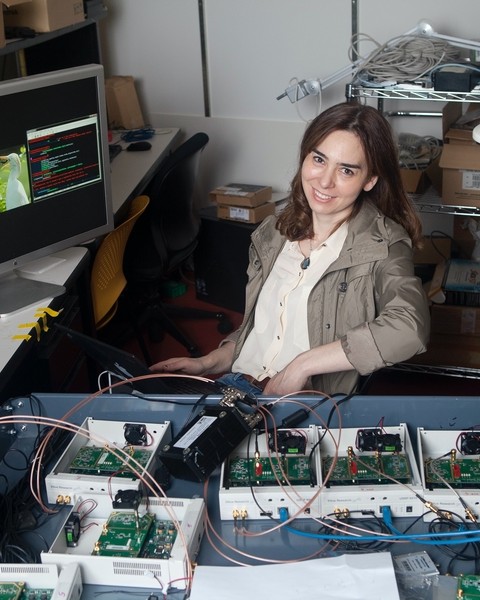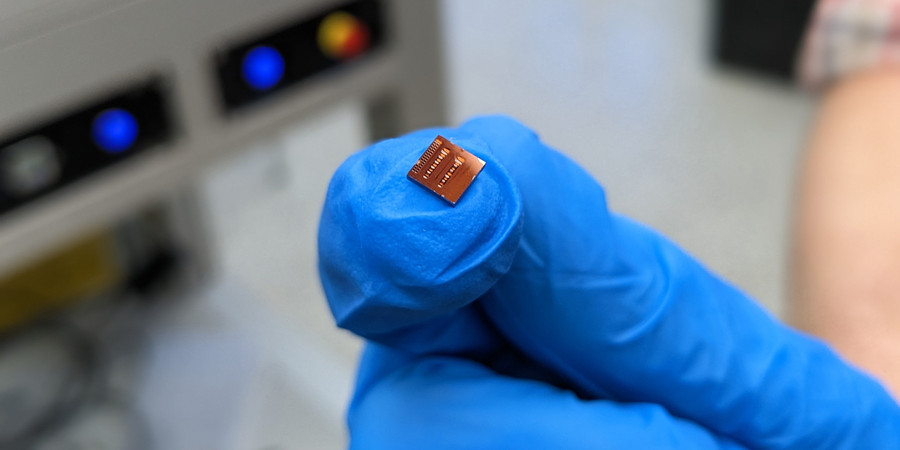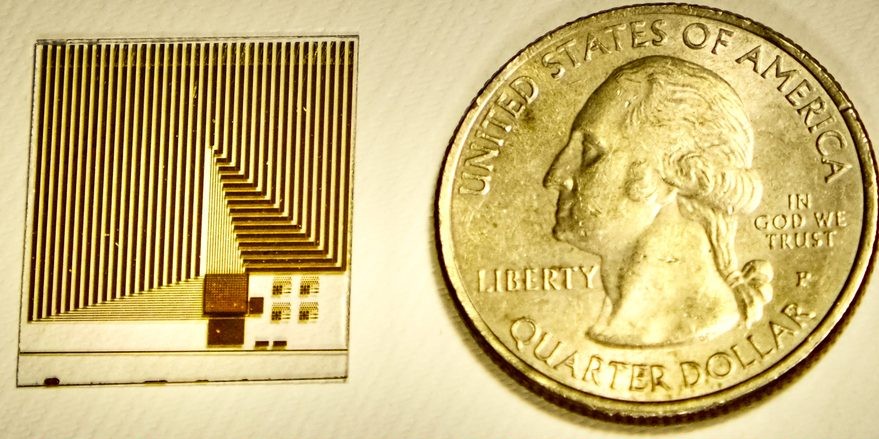Kim Martineau | MIT Schwarzman College of Computing
Dina Katabi is designing the next generation of smart wireless devices that will sit in the background of a given room, gathering and interpreting data, rather than being wrapped around one’s wrist or worn elsewhere on the body. In this Q&A, Katabi, the Thuan (1990) and Nicole Pham Professor at MIT, discusses some of her recent work.
Q: Smartwatches and fitness trackers have given us a new level of personalized health information. What’s next?
A: The next frontier is the home, and building truly-intelligent wireless systems that understand people’s health and can interact with the environment and other devices. Google Home and Alexa are reactive. You tell them, “wake me up,” but they sound the alarm whether you’re in bed or have already left for work. My lab is working on the next generation of wireless sensors and machine-learning models that can make more personalized predictions.
Complete article from MIT News.
Explore
Bringing Lab Testing to the Home
Zach Winn | MIT News
The startup SiPhox, founded by two former MIT researchers, has developed an integrated photonic chip for high-quality, home-based blood testing.
This Tiny, Tamper-proof ID Tag Can Authenticate Almost Anything
Adam Zewe | MIT News
MIT engineers developed a tag that can reveal with near-perfect accuracy whether an item is real or fake. The key is in the glue on the back of the tag.
New Sensor Mimics Cell Membrane Functions
Anne Trafton | MIT News Office
The device detects the same molecules that cell receptors do, and may enable routine early screening for cancers and other diseases.




